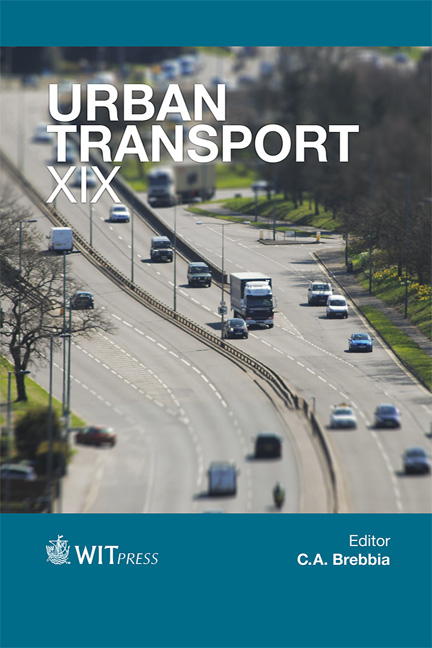Modeling Traffic Safety At Urban Four Leg-signalized Intersections
Price
Free (open access)
Transaction
Volume
130
Pages
11
Page Range
733 - 743
Published
2013
Size
153 kb
Paper DOI
10.2495/UT130591
Copyright
WIT Press
Author(s)
O. Giuffrè, A. Granà, T. Giuffrè & R. Marino
Abstract
According to the state-of-the-art of the methodologies, the development of safety performance functions (SPFs) for road sections and intersections requires the employment of statistical models to predict expected crash frequencies on the basis of traffic volumes and site characteristics to be surveyed and used as input to models. Nevertheless, literature reports several studies on issues deriving from data features or methodological approaches that may invalidate the efficiency of the models and the accuracy of the estimates. Drawing inspiration from the above mentioned considerations, the objective of this study is to develop safety performance functions for a sample of urban four leg-signalized intersections on the basis of 8 years of crash data in Palermo, Italy. Applications of the Conway- Maxwell model are presented for analyzing traffic crash data exhibiting underdispersion. Results comforted authors on the potential of the Conway- Maxwell model to account for dispersion phenomenon and to provide a good goodness-of-fit, as long as the temporal correlation in the data is not considered. In this regard, the GEE model, incorporating the time trend, allowed to gain further methodological insights compared to models that do not accommodate the temporal correlation in crash data. Keywords: transportation safety, crash analysis, urban signalized intersections, safety performance function.
Keywords
Keywords: transportation safety, crash analysis, urban signalized intersections, safety performance function.





